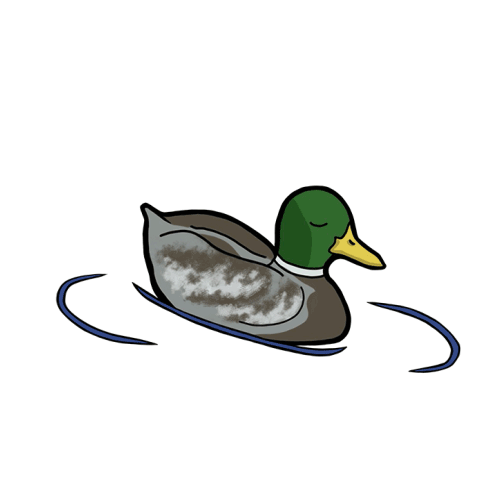
Like many colleges across the country, Willamette University is preparing for a shift in the number of incoming enrolled undergraduate students, commonly referred to as a “demographic cliff.”
According to the Western Interstate Commission for Higher Education (WICHE), the demographic cliff began due to low birth rates in 2007-2008 during the Great Recession. From 2007 to 2009, birth rates dropped approximately 4%, according to data from the Centers of Disease Control and Prevention (CDC), presumably due to parental fears over having children because of economic uncertainty.
These birth rate factors have combined with a shift in how college degrees are viewed. In 2023, a Pew Research survey showed only 22% of adults believe college is “worth it.” Constant shifts in the economy can also influence how many families can afford to send a child to university. As a result of these influences, many higher educational institutions are preparing for a lower number of enrolled students beginning this fall 2025 semester through 2041. Along with that, there are fears of smaller liberal arts universities being more at risk for the impact of lower enrollment.
According to university President Stephen Thorsett, Willamette is “remaining adaptable” to this change and has steps in place to approach this potential issue. This demographic change, Thorsett said, should be considered a “broader demographic trend that affected all parts of society.” The decrease in enrolled undergraduate students has been materializing since 2007, and colleges have been preparing. “We aren’t sort of at the mercy of any demographics when we think of how to shape the university,” Thorsett asserted.
Sue Corner, dean of undergraduate enrollment, noted, “The demographic cliff has been a big conversation, not just at Willamette, but everywhere.” It is not an unforeseen issue, but the school year is approaching in which universities are expected to see the impact.
Thorsett claimed that Willamette is expecting approximately 3,000 students across all programs in the coming year and stated that the demographic cliff can be more accurately described as “a slow flattening first and then a slow decline.”
Corner emphasized that the upcoming demographic cliff itself “is not something within [Willamette’s] control.” Instead, she and others involved with student recruitment and enrollment are focused on continuing existing practices of recruitment and communication to college-aged students. “That is what I can control and can be focused on, regardless of how many students are out there,” Corner explained.
Another concern of this downward trend is the possibility of fluctuating student tuition fees. Both Thorsett and Corner made clear that it would be unlikely for students to experience significant tuition cost increases. “I don’t see the changing demographics as something that will affect student tuition,” said Corner. Tuition is decided yearly by the board of trustees.
With a significant increase to tuition costs unlikely, Corner is instead applying energy and resources to “spreading our exposure and what we offer” to potential students. She hopes that boosting this communication around the country will encourage more high school seniors to apply to Willamette.
Thorsett also emphasized the diversity of what the university has to offer. In recent years, “Willamette has been significantly broadening its program mix,” having acquired the Pacific Northwest College of Art (PNCA) in 2021, along with creating the School of Computing and Information Sciences (SCIS) in 2023. However, the University has experienced some budget cuts, including the end of the Office of Spiritual and Religious Life. This was attributed to the lingering impacts of the COVID-19 pandemic, along with decreased enrollment due to 2024’s delayed Free Application for Federal Student Aid rollout.
As the beginning of the cliff’s impacts begin in the incoming fall semester, administration claims they are prepared for this change. Thorsett emphasized, “We have a range of programs that we balance.” This shift will be an important moment for administration to assess what is working within the university for staff and students in terms of programs and classrooms, making adjustments accordingly to fulfill the university’s needs.

Comments